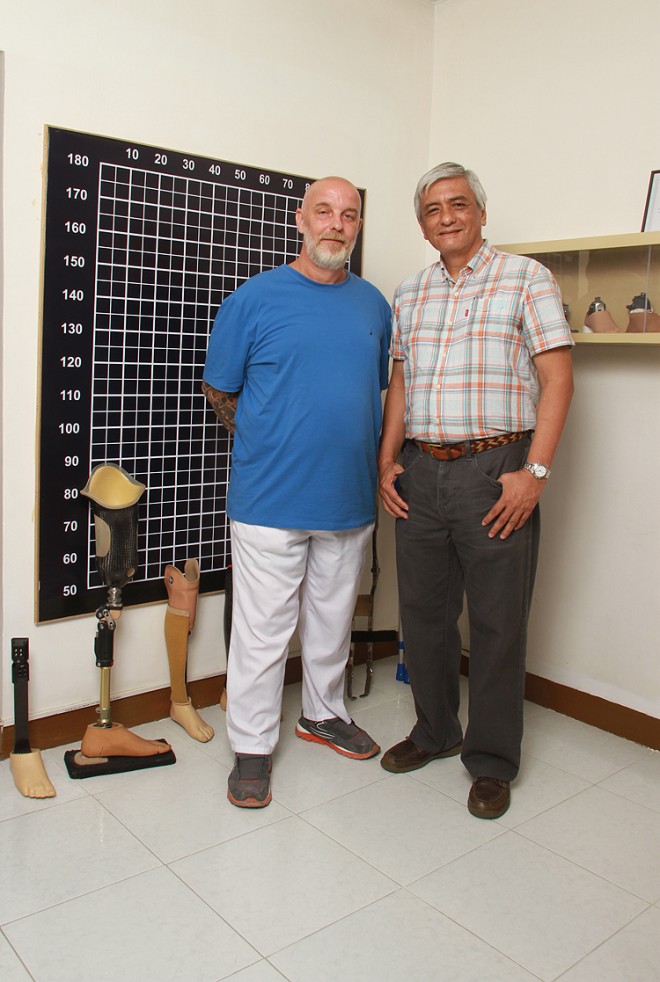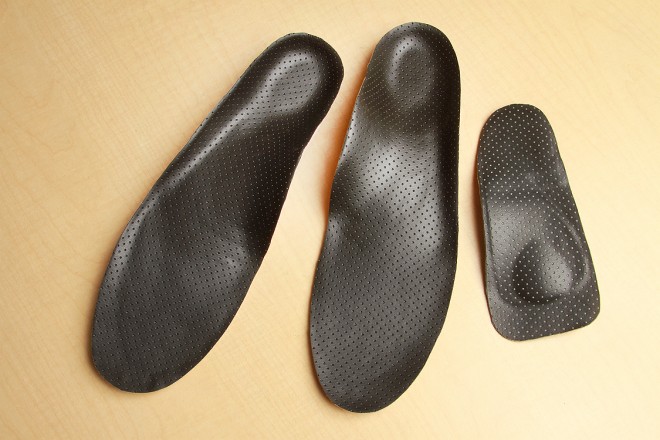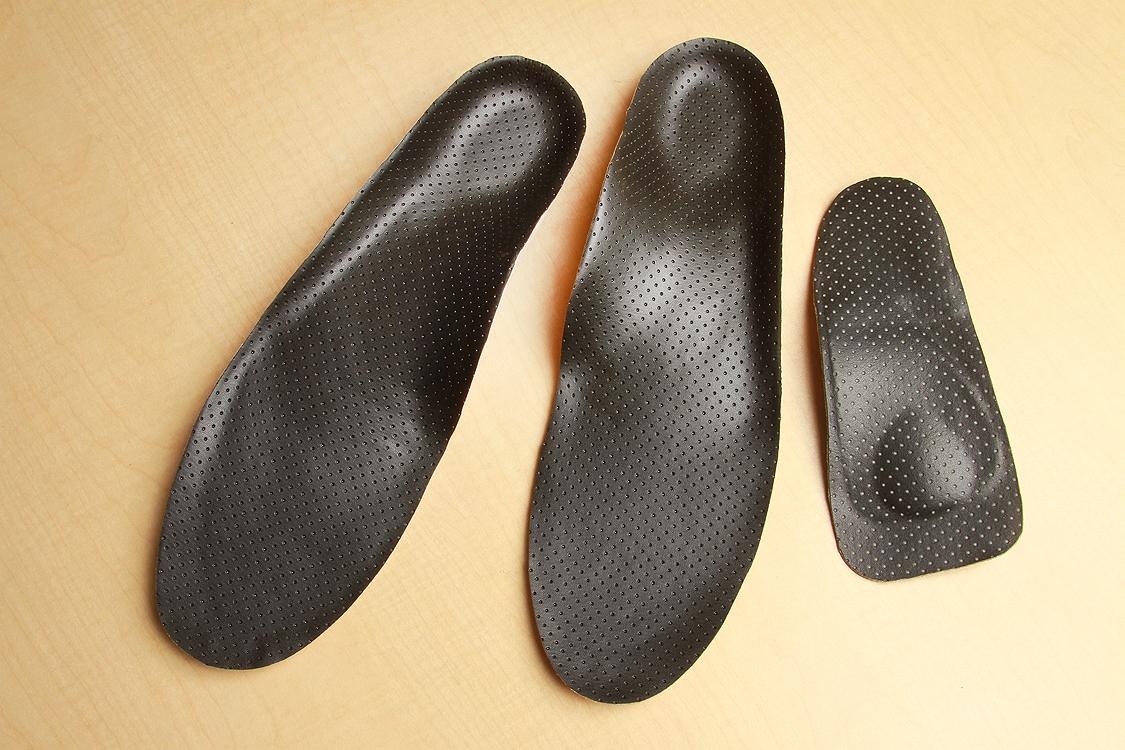
Our feet are arguably our most abused body part. These supple structures of tiny bones, joints, tendons, ligaments, muscles and soft tissues carry our entire body weight as we move around.
Although the feet are a network of these delicate parts, they can take the battering of activities that place great stress on the joints, whether it’s running errands on high heels or playing basketball.
Fat pads cushion the heel and the ball of the foot, while tendons and ligaments provide the mobility. All of these serve as natural shock absorbers every time the foot hits the ground.
We don’t realize the daily load our feet carry until we start to feel pain. Then again, the constant wear-and-tear, aging and ill-fitting shoes can lead to severe foot problems.
As a person matures, the fat cushions begin to thin out. The tendons and ligaments lose their elasticity. When athletes reach their 30s and 40s, the tendon begins to tighten. It drags the calf muscle and also pulls the vital ligament under the foot, called plantar fascia.
The repeated overstretching results in an inflamed condition called plantar fasciitis. The symptom is a severe stabbing pain below the heel.
Less protection
For women over 40, the armor of fat under the ball of the foot either thins out or drops forward towards the toes. Constant wearing of high heels will push the body weight forward towards the ball of the foot where there is less protection. This results in pain and also increases possibilities of stress fractures, bruising in the bones and osteoarthritis, the thinning of the protective cartilage of the joints.
Women who have worn high heels most of their lives will feel tighter calf muscles with the shrinkage of the Achilles tendon, the fibrous part that runs from the back of the heel to the calf.
It’s not just athletes and women who wear high heels who are prone to foot problems. An innately faulty way of walking, difference in leg length as a result of an imbalanced pelvis, and overpronation or rolling the foot inward can manifest as joint or back pains.
Wearing the wrong shoes also causes foot problems. Shoes that are narrow or short on the toe box constrict the natural contours of the foot and play a factor in the development of blisters, hallux valgus or bunions, hammertoes, pinched nerves and blackened toenails.

Most orthopedic doctors will recommend custom orthotics or special shoe inserts that help correct the weight imbalance causing the foot or joint pains. More than just cushioning the feet, they are slightly angled according to the way the wearer’s foot strikes the ground.
Many professional athletes have orthotics made at Orthopaedie Frey Far East, Inc., a company that makes corrective shoe inserts, braces and artificial limbs. Roberto Misa, CEO and vice president, says the athletes come with their doctor’s notes.
Plantar fasciitis is a major problem of athletes. “When you wake up in the morning, you feel as if the back of the heels are being stabbed by nails,” says Misa.
Common among Filipinos
He also observes a foot pain that is common among Filipinos. “They are used to riding cars here. But when they go on a tour to Europe and walk for five kilometers a day, they whine about feet strain.”
Women often complain of bunions that have been aggravated by wearing high heels. “High heels push a woman’s weight forward and the bunion takes most of the weight, especially if she tends to roll the feet inward. It’s a complication,” he says.
Patients are also advised by their doctors to wear orthotics to balance leg length discrepancy, a condition in which one leg is slightly shorter than the other. This results in an awkward gait or posture or back pain. The bunion on the longer leg tends to be bigger because of the unequal weight distribution. The shoe insert gives an additional lift on the shorter leg to address the imbalance.
These orthotic shoe inserts cost from P4,000 to P7,000—depending on the material and the foot size. An acrylic base foot insert is recommended for daily wear, including for high heels, because it is more supple.
Showing a foot insert for a woman with bunions and overlapping toes, Misa explains: “The acrylic base is softer so it bends with the foot. This metatarsal bar (the pad on the ball of the foot) will push the middle of the foot and enables the toes to evenly spread out.”
This is complemented by a bunion bandage with a toe separator worn at night.
The rubber inserts for athletes are made for high-impact activity.
An avid golfer, actor Eddie Gutierrez would lose his balance in his swings. The orthotics helped him improve his game by improving his balance, thereby making his swings more stable.









































